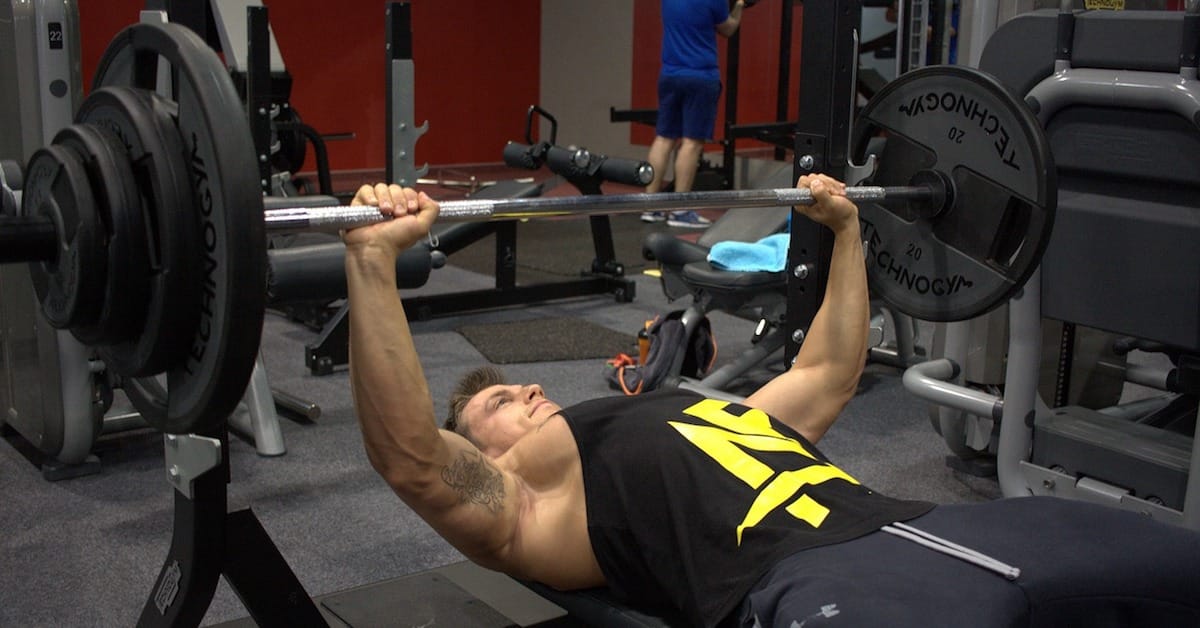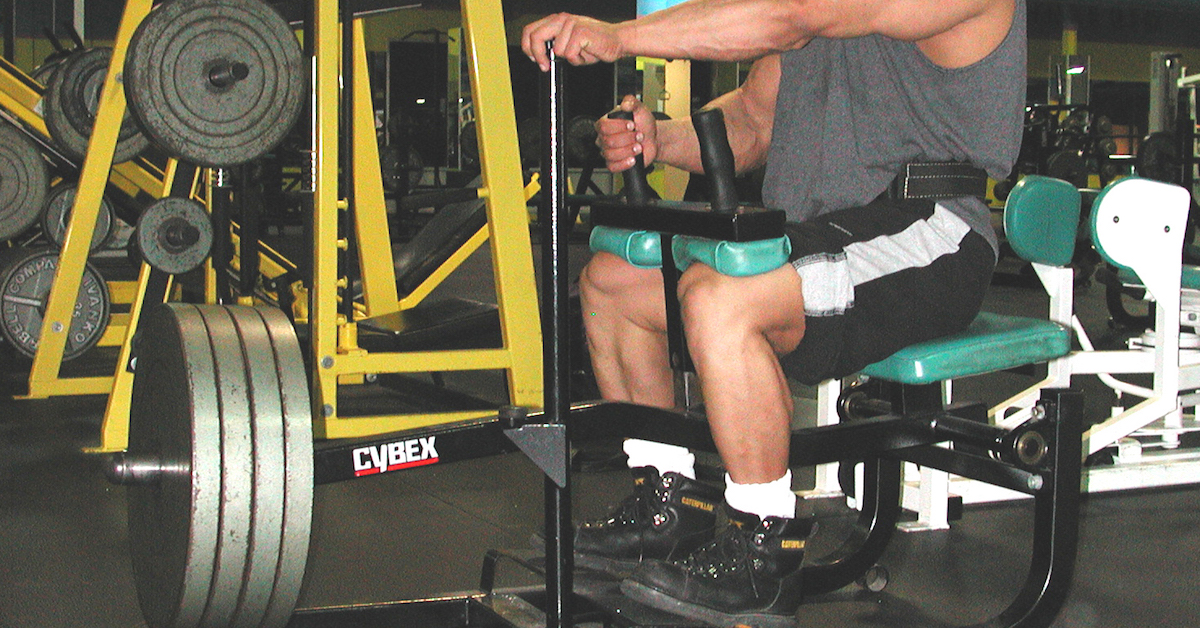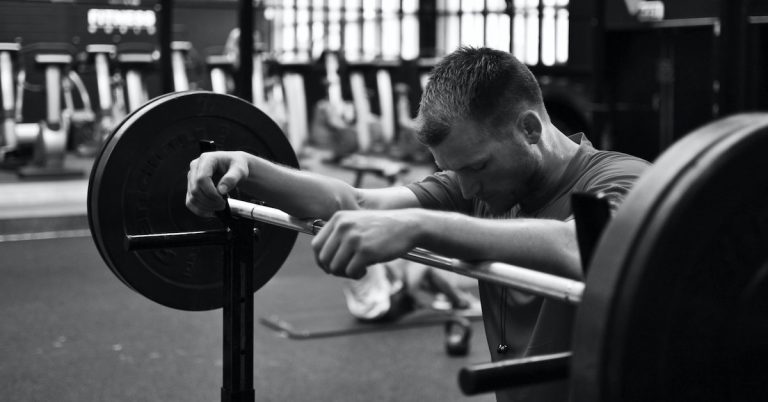A common practice in strength training is to work up to a peak load over a number of workouts, and then drop down a bit at the end before starting a new program.
Although in theory it’s useful to deload at the end of a routine to prepare, or more appropriately, “repair” the body for the next program to follow, the reality is that it may not be in your best interest to lower the intensity when you’ve built up to a high level of strength. Lowering the weight may give your body the wrong message and cause you to lose the gains that you worked so hard to make.
A better choice would be to “deset” rather than deload when the body reaches a peak level of strength and a reduction in workload is warranted. In other words, reduce the volume, not the intensity.
Progressive Resistance, Regressive Sets
The concept is simple: Start with a higher number of sets and a lower load, and gradually increase the load and decrease the sets. Every workout or two, put a bit more weight on the bar and drop one set for each exercise.
Once you reach about half the number of sets you started with, it’s time to start a new program. So if you started with six sets with a fairly comfortable weight, change the program after you reach three sets with a peak load.
This approach to training works exceptionally well. It maintains a high level of performance while reducing stress on the body and minimizing the risk of injury.
Shorter, But Not Short, Workouts
Even with all the benefits this method provides, some guys feel that the short workouts at the end of a routine do not have enough volume to make sufficient gains. That’s not true! There’s actually more volume than you might think.
First of all, although the number of work sets may go down, the number of warm-up sets will go up as the loads get heavier. You’ll need more “prep” sets to prepare the nervous system and musculoskeletal tissue for the heavier loads. That will increase the workout duration.
Furthermore, it’s not uncommon to extend the last set on these peak training days, which serves to up the intensity of effort even further and achieve a decent workload by the end of the workout.
Forget The Deload
I find it somewhat redundant to deload at the end of a program only to start with lighter weights in the next program. Just start the new program – don’t deload beforehand!
In fact, you really shouldn’t lower the starting weight during any point of a program. If you enter the gym and the weight feels extremely heavy and your performance is down on the first set, you need an extra day to recover. Don’t lower the weight!
Now if you come back a day later and it’s still heavy, you’re better off changing the routine than trying to push on. The change you make can be subtle. You can still bench press, for instance, just change the grip width or bench angle. Even if the difference is just an inch, it can alter the motor program involved and your nervous system perceives it as a new exercise.
Once you return to the same exercise down the road, you should be able to start and end with a bit more weight. That’s how you make progress over the long haul.
Train, Don’t Exercise
The process of progressively increasing the weight until you reach a peak load should take three to four weeks or more. If it happens before that time, you started way too heavy!
The key is to start with the right weight, not too heavy and not too light, and to make progress each workout until you reach a peak. When that happens, start over again with a new set of exercises.
Lowering the weight in the midst of a routine because you feel that something is better than nothing is the “exercise” mentality. You’re training for a reason: to get bigger and stronger, not to sweat, and certainly not to get smaller and weaker!
Take-Home Message: It’s better to taper the intensity of training at the beginning of a program instead of the end. Just work up to a peak load for any given repetition range and end there. Don’t come back down! Make sure to taper the number of work sets you perform as the weights get heavier.



